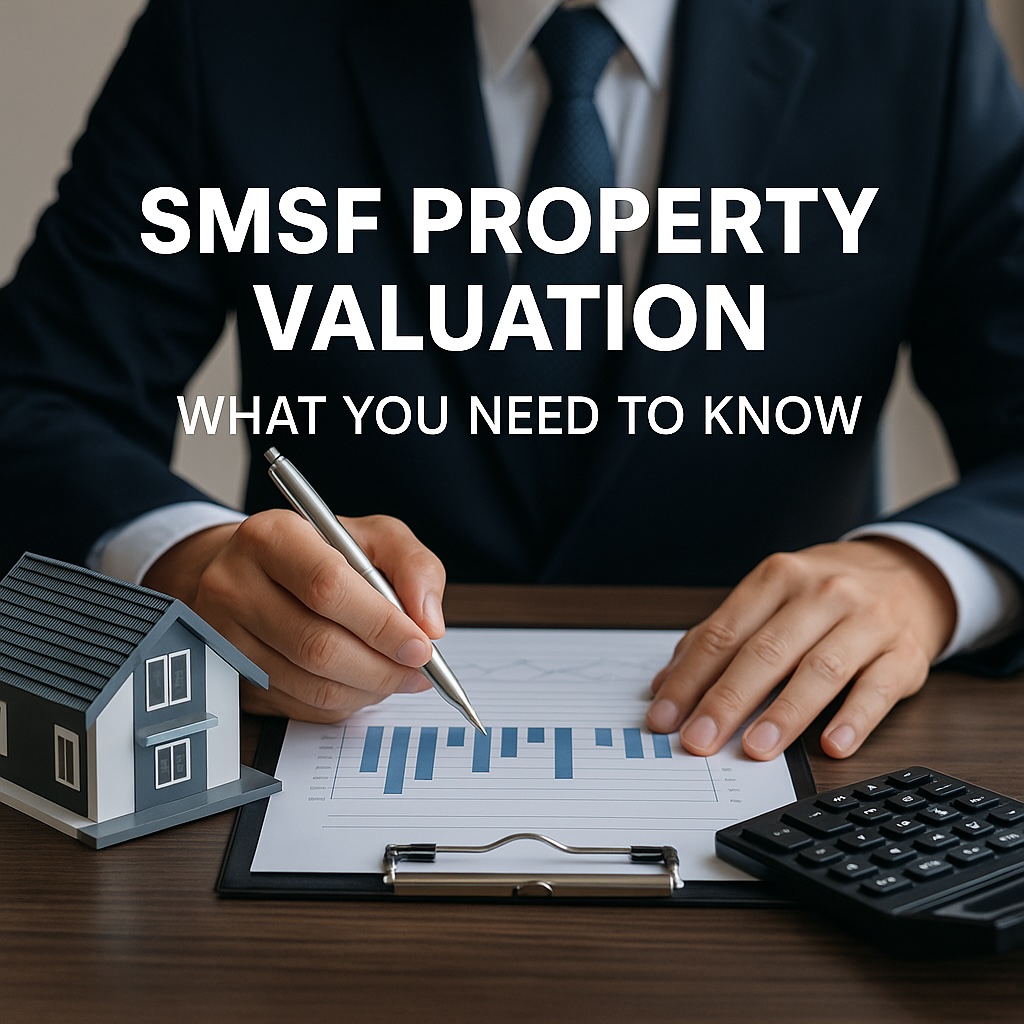Accurate and timely property valuations are now a critical part of managing a Self-Managed Super Fund (SMSF). With increased scrutiny from the ATO and the upcoming Division 296 tax changes, trustees must ensure that all real estate assets are valued at market rates annually, supported by reliable evidence. This article explains what’s changed, what the ATO expects, and how SMSF members can stay compliant in 2025 and beyond.
In 2025, SMSF trustees must take property valuations more seriously than ever before. The Australian Taxation Office (ATO) has tightened its expectations around asset valuations, particularly real property, in light of rising compliance risks and the upcoming Division 296 tax, which targets SMSF members with balances above $3 million.
The ATO now requires that all assets, including property, must be reported at their market value as at 30 June each financial year. This annual valuation is necessary for preparing financial statements and determining member balances, pensions, and tax obligations. Trustees can no longer rely on a “set and forget” valuation from years ago, in fact, recent reviews found that over 80% of audited SMSFs had not updated property values for three or more years.
To meet ATO expectations, valuations must be based on objective and supportable evidence. This includes data such as:
- Recent comparable sales (ideally two or more),
- Desktop or kerbside valuations from professionals,
- Independent real estate agent appraisals, or
- Formal valuation reports from a qualified valuer.
For standard residential properties in metro areas, the ATO acknowledges that a desktop or agent-based valuation may suffice if supported with current sales data. However, for complex or high-value properties, related-party transactions, or unlisted unit trusts, trustees should obtain a formal valuation from a qualified valuer to reduce risk.
Timing also matters. Residential property valuations must be dated within six months of 30 June, while commercial properties should be no older than 18 months and supported by rental and sales comparables. If a property has undergone renovations, changes in tenancy, or if the market has shifted significantly, a new valuation is required.
Trustees also need to understand how this ties into the new Division 296 tax, taking effect from 1 July 2025. This tax will apply a 15% levy on the increase in unrealised earnings for members whose total super balance exceeds $3 million. As such, the 30 June 2025 valuation will act as a baseline for future years, getting it wrong could have significant tax implications. The ATO has stated it will be closely monitoring valuations for potential manipulation.
SMSF auditors are under increasing pressure to verify asset values during the audit process. If documentation is insufficient, they may be forced to modify the audit report or submit an Auditor Contravention Report (ACR) to the ATO. This could lead to trustee penalties, disqualification, or regulatory scrutiny.
To stay compliant and avoid surprises, trustees should:
- Arrange valuations well in advance of 30 June each year.
- Use independent experts where appropriate.
- Keep all supporting evidence, assumptions, and calculations.
- Update valuations after any significant property event (sale, lease, renovation).
The message from the ATO is clear: SMSF property valuations are no longer a formality, they are a core compliance requirement. Platforms like hovr.me make it easier for trustees to obtain timely, independent, and ATO-ready valuations for residential and commercial property anywhere in Australia.
